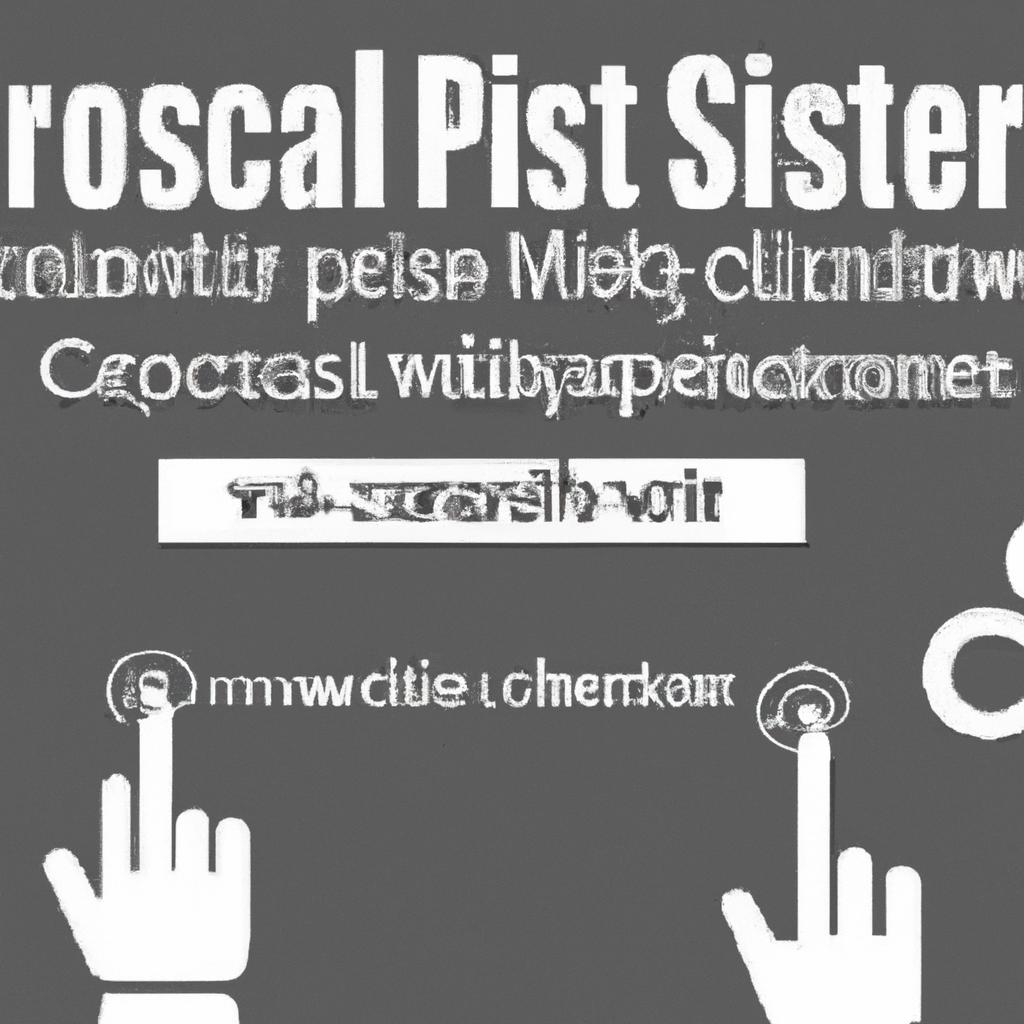
Understanding Cost-Per-Click (CPC) vs. Cost-Per-Impression (CPI)
In the fast-paced world of digital advertising, understanding the intricacies of Cost-Per-Click (CPC) and Cost-Per-Impression (CPI) is essential for any marketer looking to make the most of their advertising budget. These two commonly used metrics offer unique insights into the effectiveness of your campaigns and can help you optimize your ad spend for maximum impact. Let’s delve into the world of CPC and CPI to unravel their differences and discover the best strategies for leveraging them in your marketing efforts.
Table of Contents
- Key Differences Between CPC and CPI
- Factors to Consider When Choosing Between CPC and CPI
- Maximizing ROI with CPC and CPI Campaigns
- Choosing the Right Pricing Model for Your Marketing Strategy
- Q&A
- To Conclude
Key Differences Between CPC and CPI
When it comes to online advertising, there are two popular payment models that companies often use: Cost-Per-Click (CPC) and Cost-Per-Impression (CPI). Understanding the key differences between these two models can help businesses make more informed decisions about their advertising strategies.
One major difference between CPC and CPI is how advertisers are charged for their ads. With CPC, advertisers only pay when a user clicks on their ad, while with CPI, advertisers pay each time their ad is displayed, regardless of whether or not it is clicked on. Additionally, CPC is more focused on driving traffic to a website and generating leads, while CPI is more about increasing brand visibility and reaching a larger audience. In terms of cost-effectiveness, CPC can be more beneficial for businesses looking for direct conversions, while CPI may be better for those looking to increase brand awareness.
Factors to Consider When Choosing Between CPC and CPI
When deciding between Cost-Per-Click (CPC) and Cost-Per-Impression (CPI) advertising models, there are several key factors to consider to ensure you are making the most cost-effective choice for your marketing strategy:
- Budget: Consider how much you are willing to spend on your advertising campaign. If you have a limited budget, CPC may be a better option as you only pay when someone clicks on your ad.
- Target Audience: Think about who your target audience is and how they are likely to engage with your ads. If you are targeting a specific niche market, CPI may be more effective as it ensures your ad is seen by a larger audience.
- Ad Content: Evaluate the quality of your ad content and how likely it is to convert viewers into customers. If you have highly engaging content, CPC may be the better choice as you only pay for clicks from interested users.
| Factors | CPC | CPI |
|---|---|---|
| Payment | Only pay for clicks | Pay for each impression |
| Effectiveness | Higher potential for conversions | Greater brand visibility |
| Cost | Varies based on click-through rates | Predictable cost per impression |
Maximizing ROI with CPC and CPI Campaigns
When it comes to digital marketing strategies, understanding the differences between Cost-Per-Click (CPC) and Cost-Per-Impression (CPI) campaigns is crucial for maximizing return on investment (ROI). CPC refers to the amount an advertiser pays for each click on their ad, while CPI involves paying for every 1,000 impressions of an ad. Both strategies have their own advantages and can be effective in achieving specific marketing goals.
With CPC campaigns, advertisers have more control over their budget as they only pay when a user clicks on their ad. This can lead to higher conversion rates and a more targeted audience. On the other hand, CPI campaigns can help increase brand awareness and reach a larger audience by focusing on impressions rather than clicks. By carefully analyzing the goals of a marketing campaign, businesses can choose the right strategy to maximize ROI and achieve their objectives.
Choosing the Right Pricing Model for Your Marketing Strategy
When it comes to digital marketing strategies, choosing the right pricing model is crucial for the success of your campaigns. Cost-Per-Click (CPC) and Cost-Per-Impression (CPI) are two popular pricing models that businesses use to pay for online advertising. Understanding the differences between these two models can help you make an informed decision on which one is best suited for your marketing strategy.
**Cost-Per-Click (CPC)** is a pricing model where advertisers pay each time a user clicks on their ad. This model is ideal for businesses looking to drive traffic to their website or landing pages. On the other hand, **Cost-Per-Impression (CPI)** is a pricing model where advertisers pay for every 1,000 impressions their ad receives. This model is great for increasing brand visibility and awareness among target audiences. When deciding between CPC and CPI, consider your marketing goals, budget, and target audience to determine which pricing model aligns best with your overall strategy.
Q&A
Q: What is Cost-Per-Click (CPC) and Cost-Per-Impression (CPI)?
A: Cost-Per-Click (CPC) refers to the amount of money an advertiser pays for each click on their advertisement, whereas Cost-Per-Impression (CPI) is the cost per thousand impressions of an advertisement being displayed.
Q: How do CPC and CPI affect a digital marketing campaign?
A: CPC is more focused on driving immediate traffic and conversions, as advertisers only pay when a user clicks on their ad. On the other hand, CPI is more about brand awareness and visibility, as advertisers pay based on how many times their ad is displayed, regardless of clicks.
Q: Which is better for a small business looking to increase sales?
A: For a small business looking to increase sales, CPC may be more effective as it directly correlates to user engagement and conversions. However, CPI can also be beneficial for building brand recognition and reaching a larger audience.
Q: What factors should be considered when choosing between CPC and CPI?
A: Factors to consider include the advertising budget, marketing goals, target audience, and industry competition. It’s important to analyze the ROI of each method and determine which aligns best with the overall marketing strategy.
To Conclude
In conclusion, grasping the differences between Cost-Per-Click (CPC) and Cost-Per-Impression (CPI) is crucial for optimizing your advertising strategies. While CPC focuses on driving actual clicks to your website, CPI is all about getting your ad in front of as many eyes as possible. By understanding the strengths and weaknesses of each model, you can tailor your campaigns to meet your specific goals and target audience. So next time you’re planning your marketing budget, remember to consider the nuances of CPC and CPI to get the most out of your ad spend. Happy advertising!


